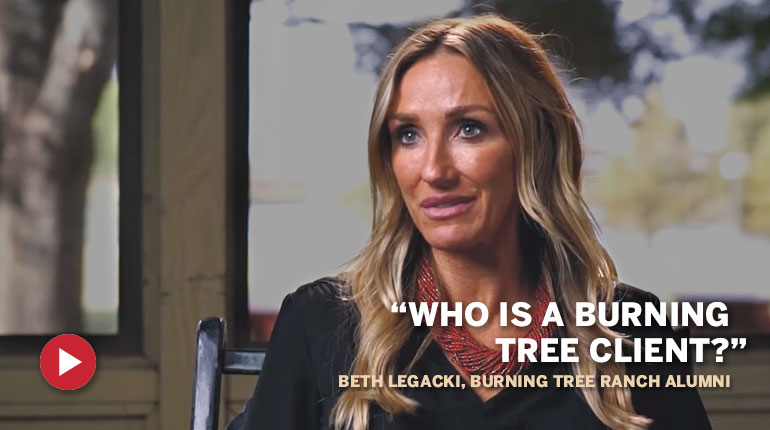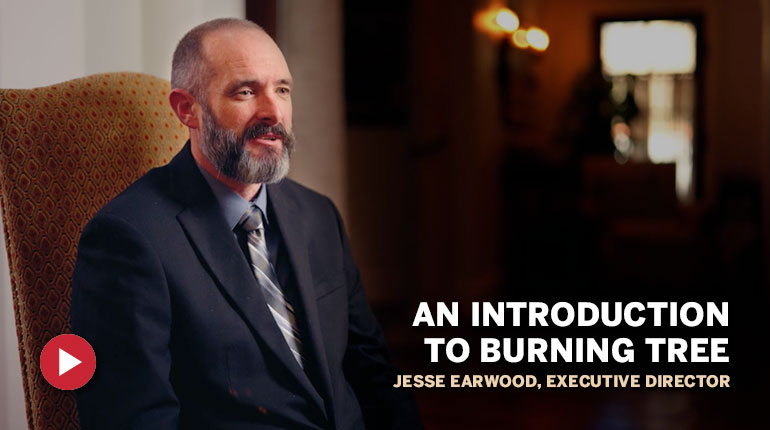Dual diagnosis is a term that many families may have heard but don’t fully understand. Put simply, dual diagnosis refers to the co-occurrence of a mental health disorder and a substance use disorder in the same individual. As a LCDC, I can assure you that dual diagnoses are fairly common and understanding the nature of the diagnosis is the first step for families seeking help for their loved ones.
Despite its prevalence, dual diagnosis is often surrounded by misconceptions and myths that can hinder understanding and effective treatment. In this article, I aim to shed light on what dual diagnosis truly entails, dispel some of the most common myths, and provide practical insights into how families can approach this challenging situation.
First, let’s clarify what dual diagnosis is not. Many people have misunderstandings about this condition that can lead to confusion and even stigma. In the next section, we’ll compare how dual diagnosis compares to co-occurring disorders in general. Then we’ll break down some of the most pervasive myths and counter them with facts to foster a clearer understanding of dual diagnosis.

Dual Diagnosis vs. Co-Occurring Disorders: What’s The Difference?
While dual diagnosis and co-occurring disorders are often used interchangeably, there is a key distinction between the two terms. Dual diagnosis specifically refers to the presence of both a mental health disorder and a substance use disorder in an individual. In contrast, co-occurring disorders is a broader term that encompasses any combination of two or more mental health disorders, regardless of whether a substance use disorder is present.
For example, an individual diagnosed with both depression and anxiety would be considered to have co-occurring mental health disorders, but not a dual diagnosis. The term dual diagnosis emphasizes the unique challenges that arise when a mental health disorder interacts with a substance use disorder, necessitating an integrated treatment approach that addresses both conditions concurrently.
Understanding the Facts: Dispelling 10 Myths About Dual Diagnosis
Myth #1: Dual diagnosis is a rare condition.
In fact, studies show that nearly half of individuals with a substance use disorder also experience a mental health disorder at some point, making dual diagnosis quite common.
Myth #2: Dual diagnosis can only be treated one issue at a time.
In reality, effective treatment addresses both mental health and substance abuse simultaneously, as they are often interconnected.
Myth #3: People with dual diagnosis are just seeking drugs.
Dual diagnosis is a serious health condition that requires professional treatment focusing on managing both disorders to improve overall well-being.
Myth #4: Dual diagnosis is an excuse for bad behavior.
This myth is often a concern by others who do not fully understand the complexity and interaction between mental health and substance abuse. Dual diagnosis is a legitimate medical and psychological issue that impacts an individual’s behavior and health, not an excuse.
Myth #5: Dual diagnosis means having two mental health disorders.
Dual diagnosis specifically refers to the combination of a mental health disorder and a substance use disorder. It’s important to note that having multiple mental health disorders without a substance use disorder is not considered a dual diagnosis. Instead, this situation is referred to as “co-occurring disorders” or “comorbid disorders.”
Myth #6: Treatment for dual diagnosis only involves stopping drug use.
Comprehensive treatment for dual diagnosis addresses psychological, physical, and behavioral aspects, not just substance use cessation. A comprehensive approach to treatment that accounts for these factors helps increase the chance of a full, permanent recovery from substance abuse and relapse.
Myth #7: Mental health issues disappear once substances are removed.
While substance abuse can worsen mental health problems, simply stopping substance use doesn’t automatically resolve mental health conditions. Ongoing treatment is often necessary.
Myth #8: Medication alone can treat dual diagnosis.
Medication can be crucial, but therapy, support groups, and integrated treatment approaches are also essential for effective management.
Myth #9: Recovery from dual diagnosis is impossible.
Recovery is challenging, but achievable with proper treatment, support, and ongoing care. The Burning Tree Ranch and our many program alumni are living proof of this fact.
Myth #10: Dual diagnosis is the same for everyone.
Just as each individual is unique, so is the nature of dual diagnosis and subsequent treatment, which is often highly personalized to help achieve a successful outcome.

What Are Some Common Dual Diagnosis Combinations?
Mood Disorders and Alcohol Use Disorder
Depression, bipolar disorder, and other mood disorders frequently co-occur with alcohol use disorder. Individuals may attempt to self-medicate mood disorder symptoms with alcohol, leading to a cycle of worsening symptoms.
Anxiety Disorders and Cannabis Use Disorder
Generalized anxiety disorder, panic disorder, social anxiety disorder, and other anxiety disorders often coincide with cannabis use disorder. Cannabis may be used to alleviate anxiety symptoms but can lead to dependence and exacerbate anxiety over time.
Post-Traumatic Stress Disorder (PTSD) and Opioid Use Disorder
PTSD is commonly linked with opioid use disorder. Opioids may initially be used to manage trauma-related physical or psychological pain but can quickly lead to addiction due to their highly addictive nature.
Schizophrenia and Tobacco Use Disorder
Individuals with schizophrenia have a significantly higher likelihood of tobacco use compared to the general population. Nicotine may be used as a form of self-medication to mitigate antipsychotic side effects or reduce schizophrenia symptoms.
Bipolar Disorder and Cocaine Use Disorder
Cocaine use is disproportionately high among individuals with bipolar disorder. The stimulant effects of cocaine can be particularly appealing during manic episodes, where the desire for high-energy and risky activities is increased.
Antisocial Personality Disorder and Alcohol Use Disorder
The impulsivity and risk-taking behaviors associated with antisocial personality disorder often co-occur with alcohol use disorder. Alcohol can exacerbate these behaviors, creating a cycle of abuse and problematic social interactions.
Promoting Accountability in Dual Diagnosis Recovery
Understanding the Complexity
Recognize that addiction and mental health profoundly influence each other. Mental health issues can lead to substance abuse, while addiction can exacerbate mental health problems. Avoid oversimplifying and acknowledge that both require simultaneous, integrated treatment.
Identifying Signs of Avoidance
Look for deflection of blame, resistance to treatment, non-compliance with therapy and medication, and other indications that an individual may be avoiding accountability for their recovery.

7 Strategies for Supportive Accountability
Supportive accountability is an approach that combines empathetic understanding with the reinforcement of personal responsibility to help individuals with a dual diagnosis maintain their commitment to treatment and recovery. This approach recognizes the challenges faced by those with dual diagnosis and seeks to create a nurturing environment that motivates positive change and growth, ultimately empowering individuals to take ownership of their recovery journey.
1) Set clear expectations for treatment engagement and recovery efforts.
Clear expectations provide a roadmap for success, ensuring that individuals understand what is required of them and can work towards specific, achievable goals. This helps to minimize confusion and ambiguity, increasing the likelihood of adherence to treatment plans.
2) Use positive reinforcement to encourage responsibility and highlight the benefits of treatment compliance.
Positive reinforcement helps to motivate individuals by acknowledging and celebrating their progress and successes. By focusing on the benefits of treatment compliance, such as improved health and relationships, individuals are more likely to remain committed to their recovery journey.
3) Involve professionals who specialize in dual diagnosis to guide and adjust treatment as needed.
Professionals with expertise in dual diagnosis can provide tailored treatment plans that address the unique needs of each individual. They can also make necessary adjustments based on progress and challenges, ensuring that treatment remains effective and relevant throughout the recovery process.
4) Regularly monitor progress and address any concerns promptly.
Regular monitoring allows for early identification of potential obstacles or setbacks, enabling swift intervention and support. By addressing concerns promptly, individuals can stay on track and avoid the escalation of problems that could jeopardize their recovery.
5) Foster an environment of transparency and open communication.
An environment that encourages honest and open communication helps to build trust and rapport between individuals and their support system. This promotes a sense of safety and allows for the early identification and resolution of any issues that may arise, ultimately strengthening the recovery process.
6) Educate about the consequences of neglecting treatment while emphasizing the positive outcomes of recovery.
Educating individuals about the potential consequences of neglecting treatment, such as health complications or strained relationships, can serve as a powerful motivator. By simultaneously emphasizing the positive outcomes of recovery, such as improved quality of life and personal growth, individuals are more likely to remain committed to their treatment plan.
7) Encourage the development of a strong support system to provide compassionate accountability.
A strong support system, consisting of family, friends, and peers, can provide a foundation of love, understanding, and encouragement. This network of compassionate accountability helps individuals feel less alone in their struggles and more motivated to maintain their commitment to recovery, knowing that they have people who believe in them and are invested
Supporting Your Loved One’s Recovery Journey
Dual diagnosis is a complex and prevalent issue that requires a comprehensive understanding and integrated treatment approach. By dispelling common myths, recognizing the interplay between mental health and substance use disorders, and promoting supportive accountability, we can effectively assist individuals on their path to recovery.
If you or someone you know is struggling with dual diagnosis, remember that help is available, and recovery is possible with the right support and treatment.
Until next time,
Brook




